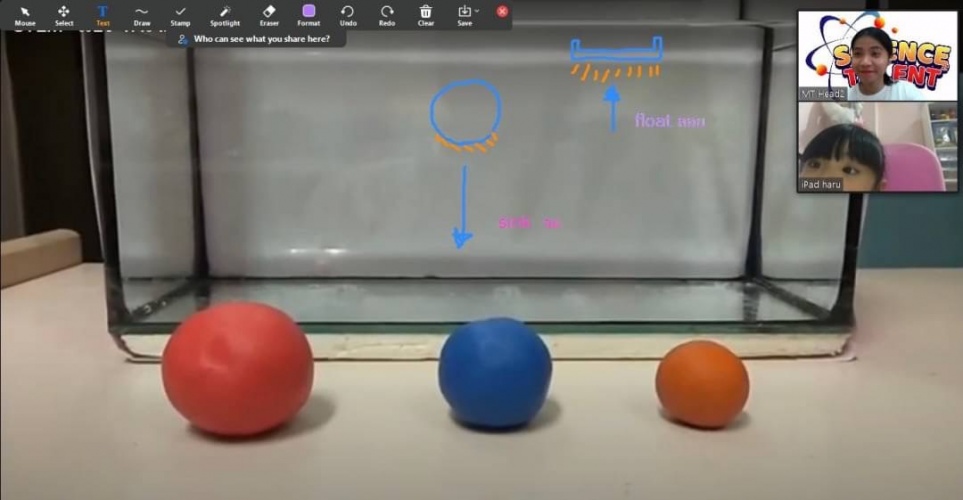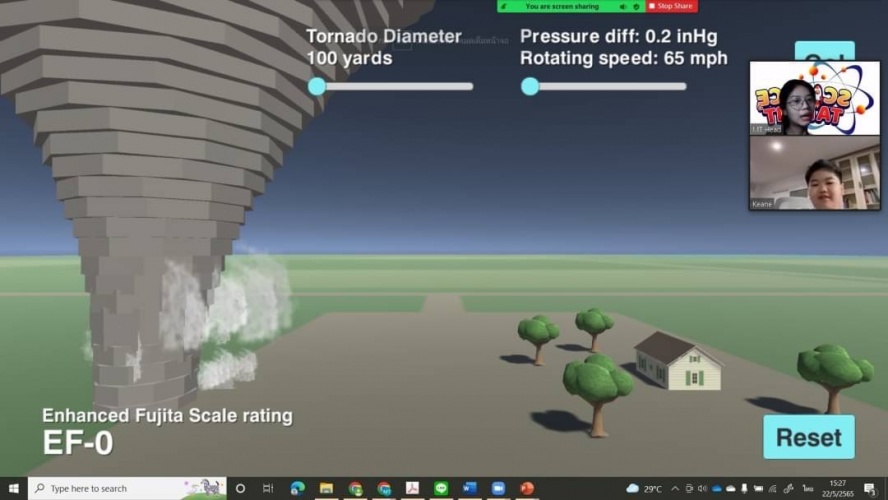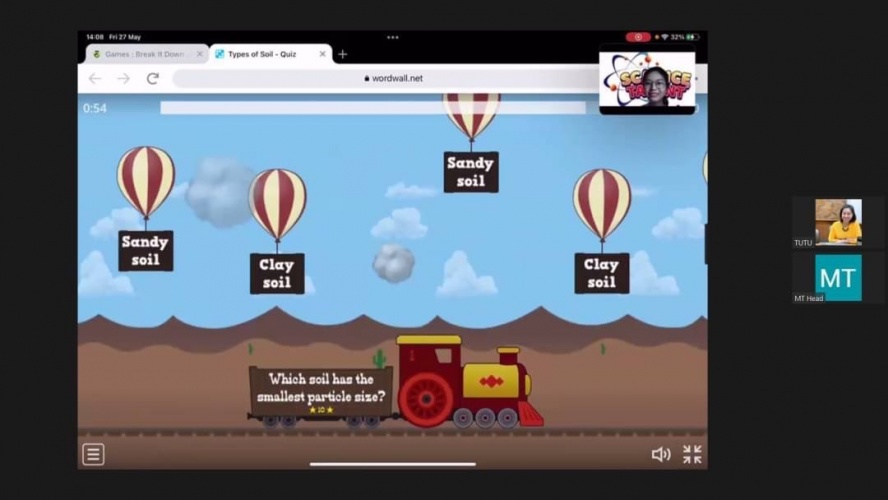Identify that most living things live in habitats to which they are suited and describe.
Observe and describe how seeds and bulbs grow into mature plants.
Identify and name a variety of everyday materials, including wood, plastic, glass, metal, water, and rock.
Find out and describe how plants need water, light and a suitable temperature to grow and stay healthy.
Identify and compare the suitability of a variety of everyday materials, including wood, metal, plastic, glass, brick, rock, paper and cardboard for particular uses.
Describe the simple physical properties of a variety of everyday materials.
Compare and group together a variety of everyday materials on the basis of their simple physical properties.
How different habitats provide for the basic needs of different kinds of animals and plants, and how they depend on each other.
Identify and name a variety of common animals including fish, amphibians, reptiles, birds and mammals.
Identify and describe the basic structure of a variety of common flowering plants, including trees.
Identify and name a variety of plants and animals in their habitats, including microhabitats.
Distinguish between an object and the material from which it is made.
Use the idea that light travels in straight lines to explain why shadows have the same shape as the objects that cast them.
Explain that we see things because light travels from light sources to our eyes or from light sources to objects and then to our eyes.
Use the idea that light travels in straight lines to explain that objects are seen because they give out or reflect light into the eye.
Recognise that light appears to travel in straight lines.
Identify how animals and plants are adapted to suit their environment in different ways and that adaptation may lead to evolution.
Recognise that living things produce offspring of the same kind, but normally offspring vary and are not identical to their parents.
Describe the ways in which nutrients and water are transported within animals, including humans.
Recognise the impact of diet, exercise, drugs and lifestyle on the way their bodies function.
Identify and name the main parts of the human circulatory system, and describe the functions of the heart, blood vessels and blood.
Explain that unsupported objects fall towards the Earth because of the force of gravity acting between the Earth and the falling object.
Use the idea of the Earth’s rotation to explain day and night and the apparent movement of the sun across the sky.
Describe the Sun, Earth and Moon as approximately spherical bodies.
Describe the movement of the Moon relative to the Earth.
Describe the movement of the Earth, and other planets, relative to the Sun in the solar system.
Describe the life process of reproduction in some plants and animals.
Identify common appliances that run on electricity.
Find patterns between the pitch of a sound and features of the object that produced it.
Identify how sounds are made, associating some of them with something vibrating.
Identify the part played by evaporation and condensation in the water cycle and associate the rate of evaporation with temperature.
Observe that some materials change state when they are heated or cooled, and measure or research the temperature at which this happens in degrees Celsius (°C).
Compare and group materials together, according to whether they are solids, liquids or gases.
Construct and interpret a variety of food chains, identifying producers, predators and prey.
Identify the different types of teeth in humans and their simple functions.
Describe the simple functions of the basic parts of the digestive system in humans.
Recognise that environments can change and that this can sometimes pose dangers to living things.
Explore and use classification keys to help group, identify and name a variety of living things in their local and wider environment.
Recognise that living things can be grouped in a variety of ways.
Predict whether two magnets will attract or repel each other, depending on which poles are facing.
Describe magnets as having two poles.
Compare and group together a variety of everyday materials on the basis of whether they are attracted to a magnet, and identify some magnetic materials.
Observe how magnets attract or repel each other and attract some materials and not others.
Notice that some forces need contact between two objects, but magnetic forces can act at a distance.
Compare how things move on different surfaces.
Find patterns in the way that the size of shadows change.
Recognise that shadows are formed when the light from a light source is blocked by an opaque object.
Recognise that light from the sun can be dangerous and that there are ways to protect their eyes.
Notice that light is reflected from surfaces.
Recognise that they need light in order to see things and that dark is the absence of light.
Recognise that soils are made from rocks and organic matter.
Compare and group together different kinds of rocks on the basis of their appearance and simple physical properties.
Identify that humans and some other animals have skeletons and muscles for support, protection and movement.
Identify that animals, including humans, need the right types and amount of nutrition, and that they cannot make their own food; they get nutrition from what they eat.
Explore the part that flowers play in the life cycle of flowering plants, including pollination, seed formation and seed dispersal.
Investigate the way in which water is transported within plants.
Explore the requirements of plants for life and growth (air, light, water, nutrients from soil, and room to grow) and how they vary from plant to plant.
Identify and describe the functions of different parts of flowering plants: roots, stem/trunk, leaves and flowers.
Find out how the shapes of solid objects made from some materials can be changed by squashing, bending, twisting and stretching.
Describe the importance for humans of exercise, eating the right amounts of different types of food, and hygiene.
Find out about and describe the basic needs of animals, including humans, for survival (water, food and air).
Notice that animals, including humans, have offspring which grow into adults.
Describe how animals obtain their food from plants and other animals, using the idea of a simple food chain, and identify and name different sources of food.
Identify and name a variety of common wild and garden plants, including deciduous and evergreen trees.
Recognise some common conductors and insulators, and associate metals with being good conductors.
Find patterns between the volume of a sound and the strength of the vibrations that produced it.
Observe changes across the four seasons.
Explore and compare the differences between things that are living, dead, and things that have never been alive.
Observe and describe weather associated with the seasons and how day length varies.
identify and name a variety of common animals that are carnivores, herbivores and omnivores.
Describe how living things are classified into broad groups according to common observable characteristics and based on similarities and differences, including microorganisms, plants and animals.
Describe the changes as humans develop to old age.
Compare and group together everyday materials on the basis of their properties, including their hardness, solubility, transparency, conductivity (electrical and thermal), and response to magnets.








User reviews for Science Talent by Dr.Ying
You need to log in to post a review.